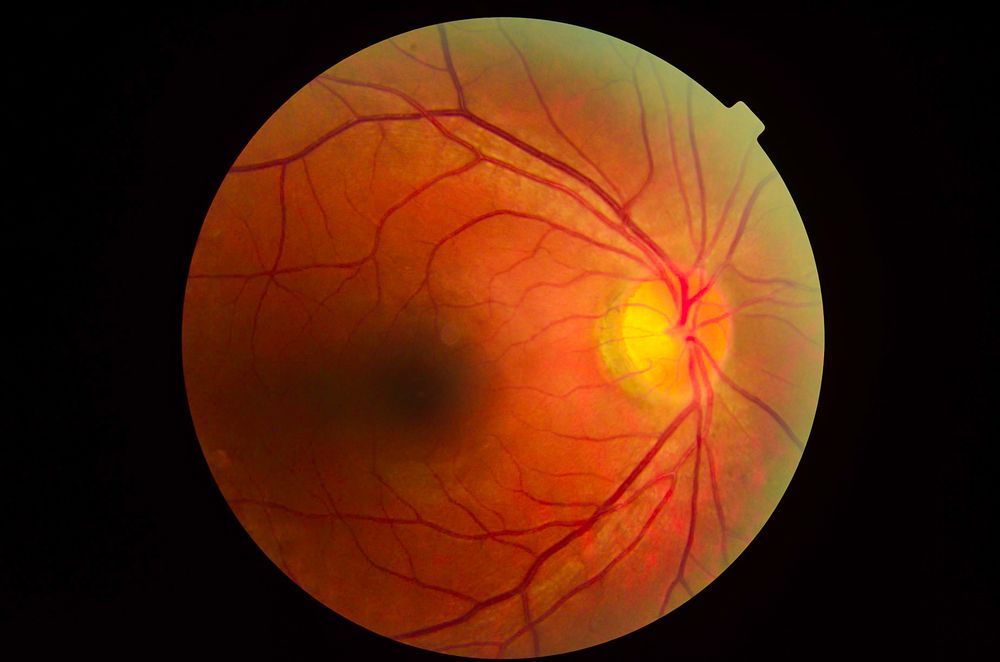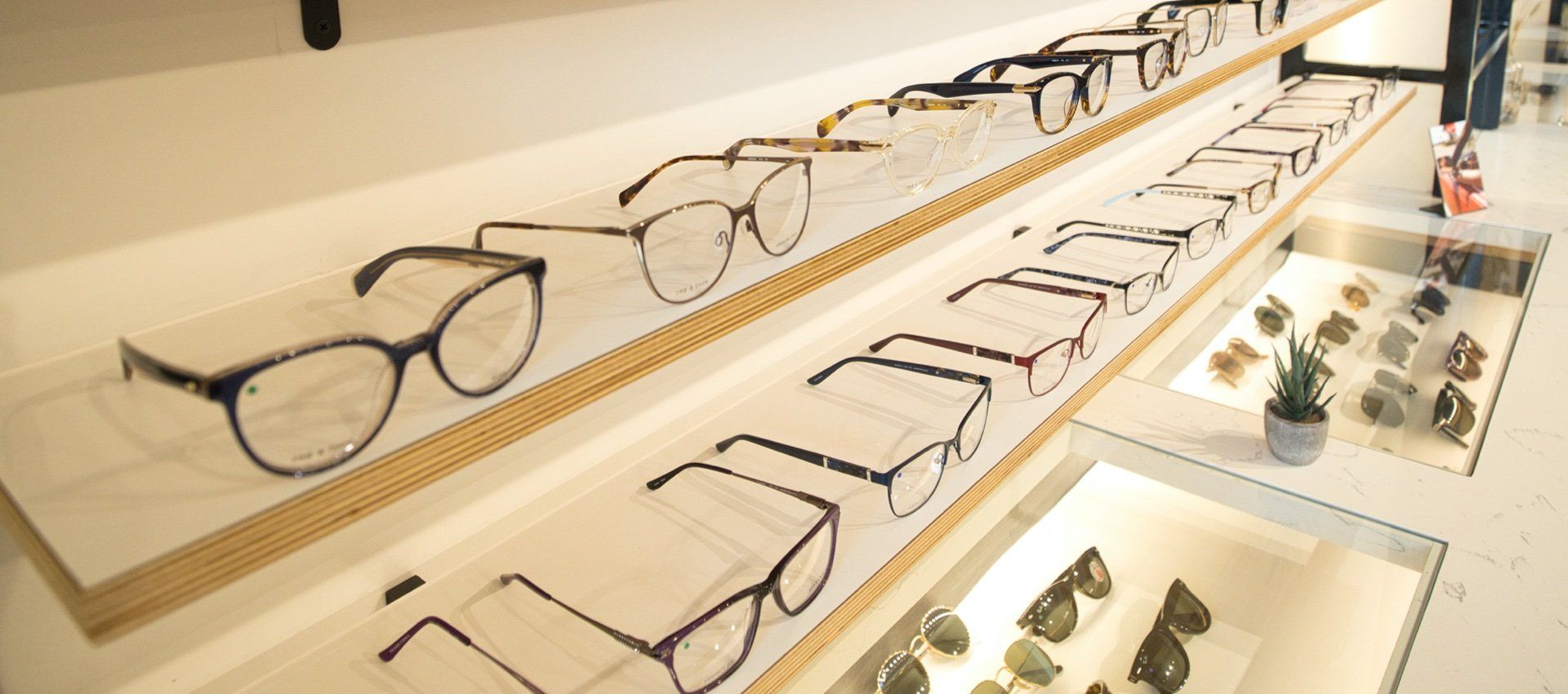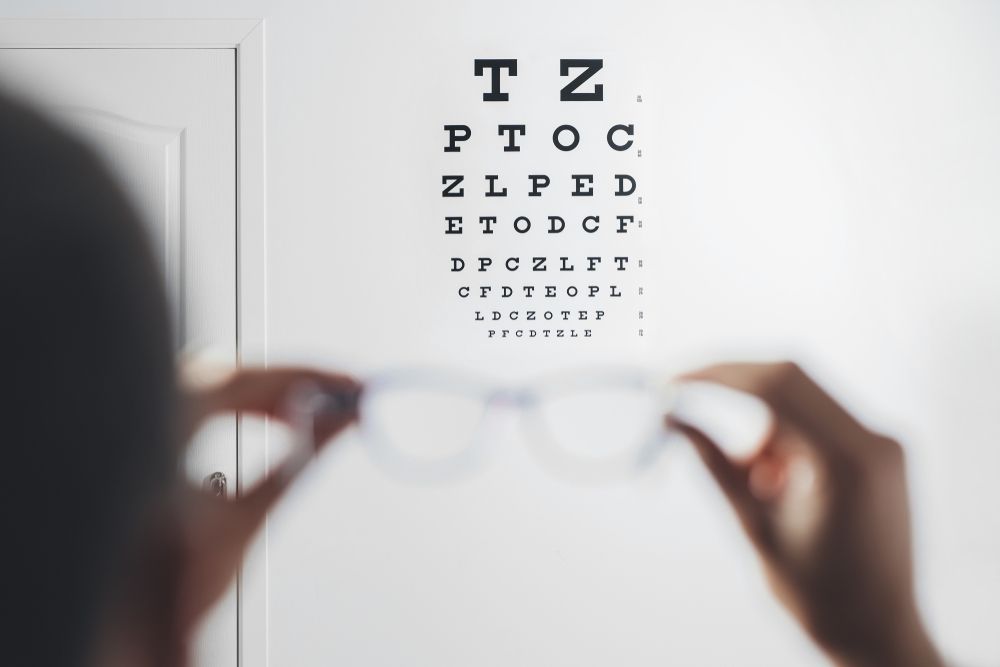Have you been told your child is nearsighted?
Myopia or nearsightedness is a common condition that affects nearly half of all Americans. When close objects appear clearly and far objects are blurry, it is called myopia. When nearsightedness worsens, it is called progressive myopia.
Unfortunately, in the last 20 years, the incidence of progressive myopia has doubled in school age children and is recognized as a national epidemic.
WHAT IS PROGRESSIVE MYOPIA?
A normal eye is round. When the front of the eye (the cornea) becomes elongated, it changes the focal point of the eye, resulting in myopia. With progressive myopia, the eye continues to elongate causing worsening vision.
WHAT CAUSES PROGRESSIVE MYOPIA?
While the exact cause is unknown, studies in recent years have found a couple of factors linked to the increase in progressive myopia in children.
- Technology- Screen time is increasing both at school and at home. The more time eyes spend focusing on close items like screens, phones or even books, the more the eyes elongate making vision blurry.
- Decreased time spent outdoors-Spending time outside, away from devices, encourages children to focus on distant objects. Additionally, studies have shown that exposure to sunlight may help prevent myopia.
PROGRESSIVE MYOPIA RISKS
If left undetected or untreated, progressive myopia in children can affect their learning in school, participation in sports or hobbies and even their behavior.
Severe progression can become permanent as the child ages resulting in permanent vision damage at a young age. Therefore, the best time to take corrective action is early.
Long term, progressive myopia can increase the risks of ocular diseases in adulthood such as retinal detachment, glaucoma, macular degeneration, early onset of cataracts and blindness.
TREATING PROGRESSIVE MYOPIA
Fortunately, there are several interventions that have proven effective in controlling, stopping or reversing the progression of myopia in children.
They include:
Orthokeratology (Ortho-K)
Ortho-K contact lenses are specially designed to be worn at night and gently reshape the cornea during sleep. In addition to slowing the progression of myopia, they also have the added benefit of providing clear daytime vision without the use of glasses or contacts.
Eye Drops
Eye drops containing atropine can slow the progression of myopia but are not considered to be a cure. They are sometimes used in conjunction with other forms of myopia management and can be a good option for children who are not candidates for other treatment methods.
Contact Lenses
The FDA has approved a daily soft contact lens for use in slowing the progression of myopia. The lenses, called MiSight, have alternating treatment and correction zones and provide clear vision during wear. These are ideal for children ages 8-12.
Specialty Eyeglasses
For young children or those not suited to eye drops or contact lenses, bifocal or multifocal eyeglasses can help slow the progression of myopia.
WHAT CAN PARENTS DO?
The best way to control myopia is to detect and treat it early. Routine eye exams should start before a child enters preschool.
Other things parents can do to reduce the risks of progressive myopia:
- Increase outdoor play time. Studies show that time spent outside, away from devices, can reduce the risks.
- Limit technology outside of schoolwork and encourage frequent eye breaks. The 20/20/20 rule can help. For every 20 minutes a child spends using a screen, encourage them to look at something 20 feet away for at least 20 seconds.
- Between eye exams, monitor your child for signs their vision may be changing.
For more information about progressive myopia treatment or to schedule a consultation, use our online scheduler or call our office at 580-223-7333.











